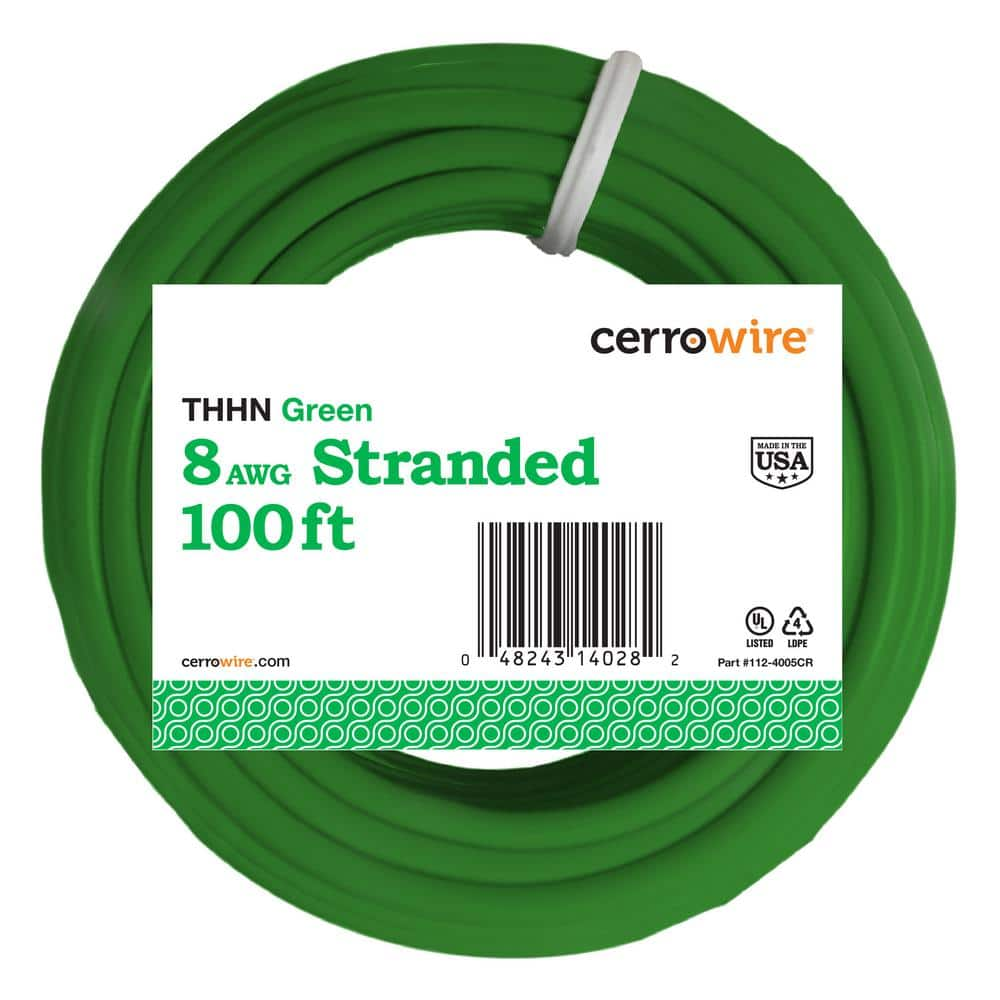Pt_Ranger_v8
A dministrator
Looking into the future, I'm building a storage shed ~50-60' from the house.
I want to trench a 220v/30 amp cicuit to run the air compressor, with a secondary usage of backfeeding the house with a generator in the even of a power outage.
Generator is 220v/30a as well.
Thought is
Main breaker -- 30a breaker to shed | sub panel with 2 110v breaker and one 30a 220v breaker.
This page:
says 10 gauge copper is sufficient. I was thinking 6 gauge minimum.
Am I high?
I want to trench a 220v/30 amp cicuit to run the air compressor, with a secondary usage of backfeeding the house with a generator in the even of a power outage.
Generator is 220v/30a as well.
Thought is
Main breaker -- 30a breaker to shed | sub panel with 2 110v breaker and one 30a 220v breaker.
This page:
says 10 gauge copper is sufficient. I was thinking 6 gauge minimum.
Am I high?

